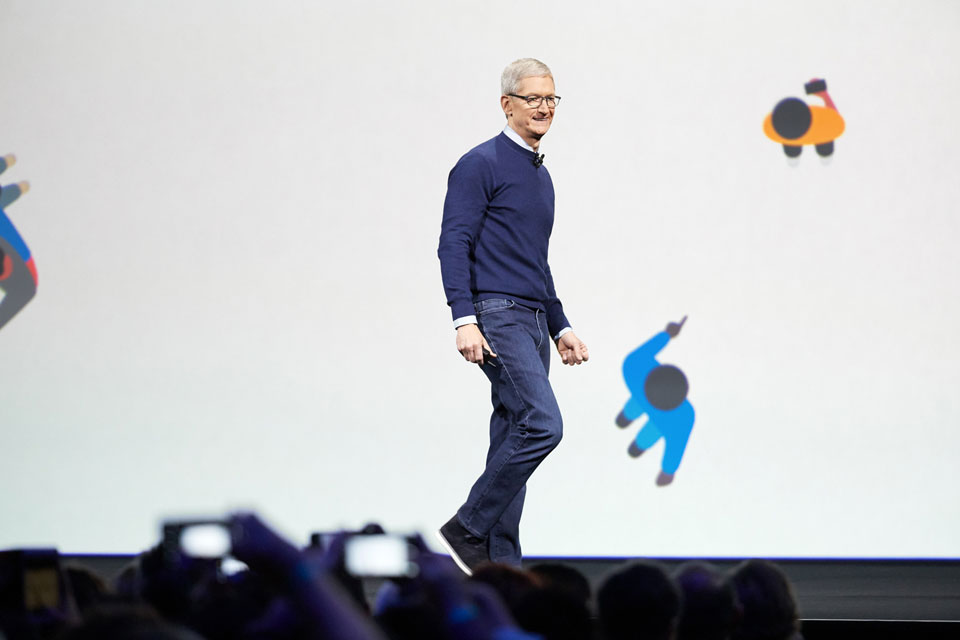EVENT REVIEW: Security IT Summit
https://cybersecureforum.co.uk/wp-content/uploads/2017/06/Netwroking10.jpg 960 640 Stuart O'Brien Stuart O'Brien https://secure.gravatar.com/avatar/81af0597d5c9bfe2231f1397b411745a?s=96&d=mm&r=gThe UK’s cyber security industry descended on the the Hilton London Canary Wharf last Tuesday (July 4th) for the Security IT Summit.
And the timing couldn’t have been more serendipitous – the latest high profile cyber attack demonstrated that companies around the world remain vulnerable.
After the WannaCry ransomware infected more than 230,000 computers in 150 countries last month, the latest virus outbreak last week disrupted world business again, with economic losses expected to be in the billions.
As such, the Security IT Summit represented a unique opportunity for delegates from some of the UK’s biggest corporations and organisations to find the tools they need to protect their business, allowing them to meet with trusted cyber security solution providers, learn from industry experts and discuss challenges with like-minded peers.
Among the solution providers delegates were able to meet were LogRhythm, Bomgar, Celestix, Darktrace, ESET, LGC, Onapsis, Okta, Performanta, Pervade Software, PhishMe, PT Global Solutions, SonicWall, Twist and Shout Media, Unipart Security Solutions, Varonis, WinMagic Data Security and more.
Meanwhile, the event’s seminar programme tackled the big issues of National Cyber Security Strategy, Cloud Software Security and GDPR Compliance.
Plus, delegates got to hear first hand from ex-fraudster Elliot Castro, whose seminar session ‘Fraud: How it’s done – and what to look out for’ detailed how he managed to scam call centres and individuals out of £2 million.
But don’t worry if you weren’t able to attend – we’ll be announcing dates for the Security IT Summit 2018 shortly – for more information about how you can take part, contact Haydn Boxall on 01992 374 084 or email h.boxall@forumevents.co.uk.









